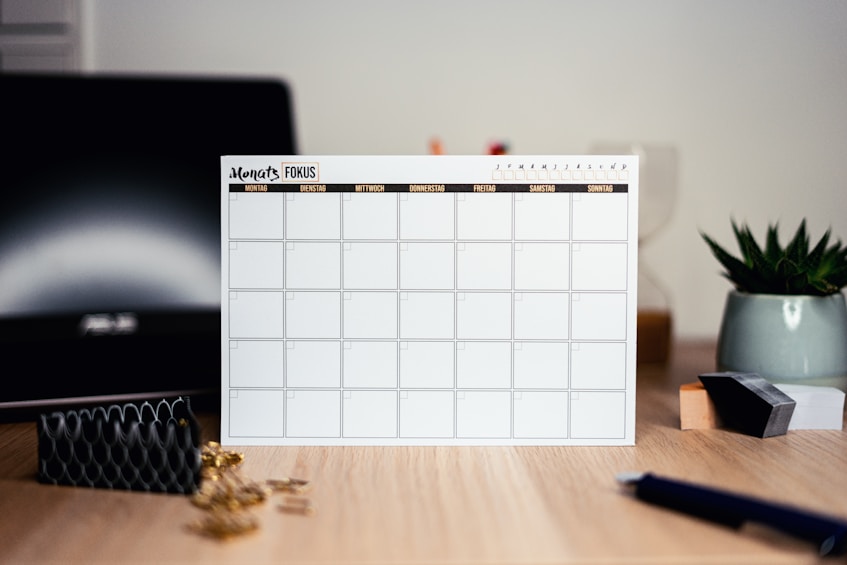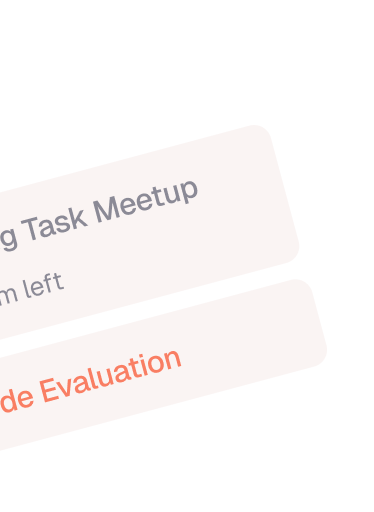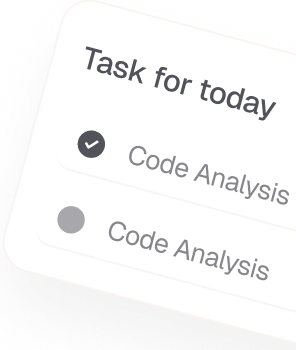 Five Scheduling Tips to Help Busy Experts with Cale...
Five Scheduling Tips to Help Busy Experts with Cale...

Maintaining work-life balance is one of the most persistent challenges in today’s hyper-connected world. As professional demands increase, many individuals find themselves overwhelmed — constantly juggling deadlines, meetings, errands, and personal responsibilities. The solution isn’t always working fewer hours, but working more intentionally. One of the most effective ways to do that is by merging your task list with your calendar.
This simple but powerful practice gives structure to your day, helps set boundaries, and ensures that both work and life priorities receive the attention they deserve.
Traditional task lists are often long, unsorted, and abstract. Without a plan for when those tasks will get done, they tend to pile up or get pushed aside. Meanwhile, your calendar is filled with meetings and time commitments — but no space is reserved for focused work or personal priorities.
This disconnect leads to:
By merging tasks with your calendar, you gain a full picture of your responsibilities — and control over how your time is actually spent.
When you schedule your tasks as time blocks on your calendar, you begin to align intention with execution. It’s no longer just about knowing what needs to be done — it’s about committing time to do it. This leads to better prioritization, reduced stress, and more time for non-work activities.
When you schedule both work and personal tasks, you naturally see where your time goes — and where it shouldn’t. This makes it easier to set clear start and end times for your workday, helping you unplug guilt-free in the evenings.
Instead of reacting to whatever seems urgent, merging tasks with your calendar forces you to plan around what’s important. This includes family time, exercise, hobbies, and downtime — all of which are essential to a balanced life.
By seeing your tasks mapped against real time, you’re less likely to overcommit. You get an accurate sense of what can be realistically accomplished in a day, and you can space out responsibilities in a manageable way.
Want to build habits like reading, working out, or meditating? Put them on your calendar. When personal priorities are scheduled just like work tasks, they’re less likely to be skipped — and more likely to become part of your routine.
When everything has a time slot, you no longer have to mentally track every responsibility. This mental relief improves focus during work hours and presence during personal time.
 Five Scheduling Tips to Help Busy Experts with Cale...
Five Scheduling Tips to Help Busy Experts with Cale...
 Five Scheduling Tips to Help Busy Experts with Cale...
Five Scheduling Tips to Help Busy Experts with Cale...
 Five Scheduling Tips to Help Busy Experts with Cale...
Five Scheduling Tips to Help Busy Experts with Cale...

